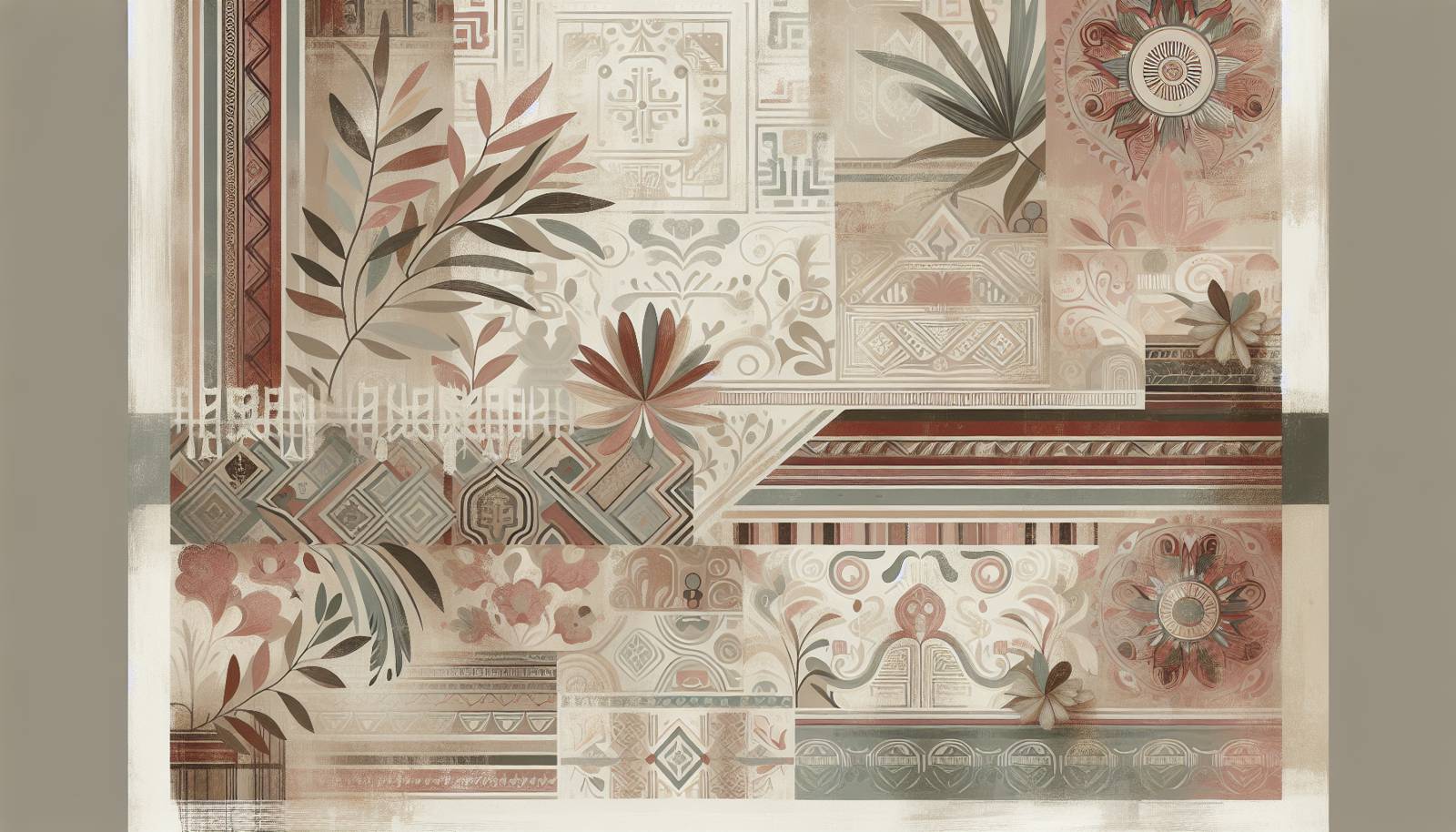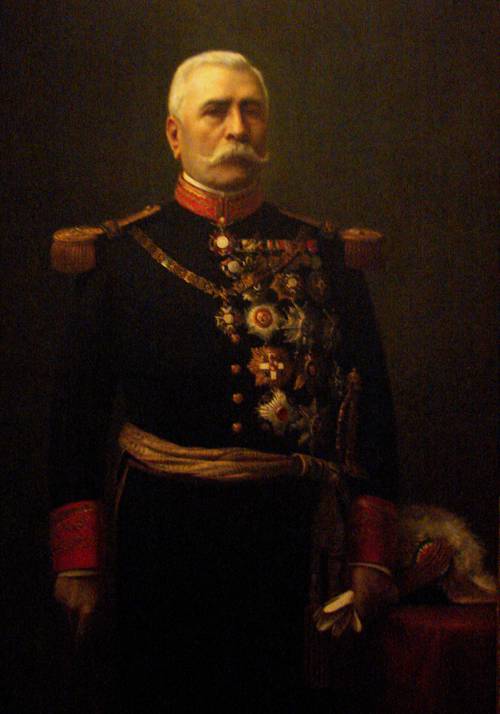
FAQ About Porfirio Díaz

Who was Porfirio Díaz?
Porfirio Díaz was a Mexican general and politician who served as the President of Mexico for seven terms from 1876 to 1911. He is best known for his authoritarian rule that led to significant modernization in Mexico, but also for the social and economic challenges that accompanied it.

What were the main achievements of Porfirio Díaz during his presidency?
Porfirio Díaz is credited with bringing stability to Mexico through modernization efforts including the expansion of the railway network, industrialization policies, and improvements in infrastructure. His regime also promoted foreign investment and economic growth.

How did Porfirio Díaz rise to power?
Porfirio Díaz rose to power after leading a rebellion against President Sebastian Lerdo de Tejada, known as the Plan of Tuxtepec. After successfully ousting the regime, he became President in 1876.

Why is Porfirio Díaz's presidency considered controversial?
Porfirio Díaz's presidency is controversial due to his authoritarian rule, suppression of political opposition, and unequal economic growth that benefited foreign investors and the elite while leading to widespread poverty among the lower classes. His lengthy rule eventually stirred dissent, contributing to the Mexican Revolution.

What led to the fall of Porfirio Díaz?
The fall of Porfirio Díaz was precipitated by widespread dissatisfaction with his long authoritarian rule, economic inequality, and his decision to seek re-election in 1910. This spurred the Mexican Revolution, which ultimately led to his resignation and exile in 1911.

When did Porfirio Díaz die and where?
Porfirio Díaz died on July 2, 1915, in Paris, France, where he lived in exile following his resignation from the Mexican presidency.

What was the Plan of Tuxtepec?
The Plan of Tuxtepec was a political manifesto issued by Porfirio Díaz in 1876, opposing the re-election of President Sebastián Lerdo de Tejada. It called for political reform and eventually led to Díaz's rise to the presidency.

How did Porfirio Díaz impact Mexican infrastructure?
During Porfirio Díaz's presidency, Mexico saw significant improvements in infrastructure, including the expansion of its railway network, the building of roads, and urban modernization. These efforts were aimed at promoting economic growth and facilitating foreign investment.

What role did Porfirio Díaz play in the Mexican Revolution?
Porfirio Díaz’s long tenure and autocratic governance were key factors that ignited the Mexican Revolution. His policies and resistance to political reform and fair elections led to widespread dissatisfaction, resulting in revolutionary movements against his regime.

Where was Porfirio Díaz born?
Porfirio Díaz was born on September 15, 1830, in Oaxaca de Juárez, Mexico.

What is the legacy of Porfirio Díaz in modern Mexico?
Porfirio Díaz's legacy in modern Mexico is mixed; he is credited with modernizing the national economy and infrastructure but criticized for his authoritarianism and the social inequalities his policies exacerbated. His rule is often seen as a precursor to the Mexican Revolution.

What was Porfirio Díaz's approach to foreign relations?
Porfirio Díaz's foreign policy was focused on attracting foreign investment, primarily from the United States and Europe. He established stronger economic ties which contributed to industrial growth but also increased foreign control over Mexican resources.

How did Porfirio Díaz influence Mexican culture?
Porfirio Díaz influenced Mexican culture by promoting European customs and aesthetics, especially in architecture, to align Mexico more closely with Western Europe. This era, known as the Porfiriato, saw the rise of French influences in Mexican cultural and social life.

What were the social policies of Porfirio Díaz's government?
Porfirio Díaz’s government focused on modernization and economic development, often at the expense of social equality. Policies largely favored industrial growth and urban development, which sometimes led to neglect of rural and indigenous communities' needs.

How did Porfirio Díaz maintain control over Mexico?
Porfirio Díaz maintained control over Mexico through a combination of political repression, manipulation of elections, and strategic alliances with military and political elites. His administration also controlled the press and utilized a centralized power structure to quell dissent.

Was Porfirio Díaz ever democratically elected?
While Porfirio Díaz initially gained power through rebellion, he was re-elected multiple times, though these elections were widely criticized for lack of fairness. Electoral manipulation was common under his regime to ensure continuance of power.

Did Porfirio Díaz have any military background?
Yes, Porfirio Díaz had a significant military background. He served as a general and played a prominent role in the Reform War and the Franco-Mexican War. His military expertise helped him rise to political power.

What was the relationship between Porfirio Díaz and the Catholic Church?
Porfirio Díaz had a pragmatic relationship with the Catholic Church, balancing between secularism and maintaining alliances with religious leaders. He initially sought to limit the Church's influence but later restored some of its privileges to gain political support.

How did Porfirio Díaz's rule come to an end?
Porfirio Díaz's rule ended after the Mexican Revolution gained momentum in response to his oppressive government and electoral fraud. Facing immense pressure, Díaz resigned in May 1911 and went into exile in France.

What were the economic impacts of Porfirio Díaz's presidency?
Economically, Porfirio Díaz’s presidency drove industrialization and infrastructure development, but it also led to economic disparity, with wealth concentrated among the elite and foreign investors. Many rural and working-class citizens felt marginalized and suffered under his economic policies.
